Institute of Electrical and Electronic Engineers:
The value of diversity in the renewable energy industry and research community
Life cycle assessment of transparent organic photovoltaic for window applications

Institute of Electrical and Electronic Engineers:
The value of diversity in the renewable energy industry and research community
Life cycle assessment of transparent organic photovoltaic for window applications
The friendly cow all red and white,
I love with all my heart:
She gives me cream with all her might,
To eat with apple-tart.
She wanders lowing here and there,
And yet she cannot stray,
All in the pleasant open air,
The pleasant light of day;
And blown by all the winds that pass
And wet with all the showers,
She walks among the meadow grass
And eats the meadow flowers.
Dairy milk products remain a vital part of global food supply. Since 1970 an ISO Technical Subcommittee — ISO/TC 34/SC 5 Milk and milk products — seeks globally effective standardization solutions in the methods of analysis and sampling for milk and milk products, covering the dairy chain from primary production to consumption. The business plan of its parent committee is linked below:
BUSINESS PLAN ISO/TC 34 FOOD PRODUCTS
The Stichting Koninklijk Nederlands Normalisatie Instituut is the Global Secretariat for TC34/SC5. Participating and Observing nations are shown on the map below:
The American Society of Agricultural and Biological Engineers is the US Technical Advisory Group Administrator to the parent TC34 committee but ANSI does not have a Technical Advisory Group leader. As the U.S. member body to the ISO, ANSI is always on the hunt for its members and/or relevant stakeholders to participate in discovering standardization solutions in a broad range of technologies and markets with like-minded experts in other national standards bodies. The full sweep of ANSI’s participation in consensus documents developed by the ISO is described in the link below:
This committee has functioned since 1970 — long enough for many of the best practice titles it produces to have stabilized. There is other market action in the global dairy supply — notably the growth of non-dairy food supply — but we find no public consultations open on proposed standardization solutions as of this posting. When they are released they will appear in the link below:
ISO Standards Under Development
Land grant colleges and universities are likely stakeholders in this domain. Apart from the passion that young people have for fair trade in any market, we see this as an opportunity for faculty and students to gain insight into the geo-politics of food supply generally and the subtleties of coffee markets. Business schools, agricultural colleges, international studies program developers who may be, and should be, interested in a leadership opportunity on behalf of the United States should communicate directly with ANSI’s ISO Team ((isot@ansi.org).
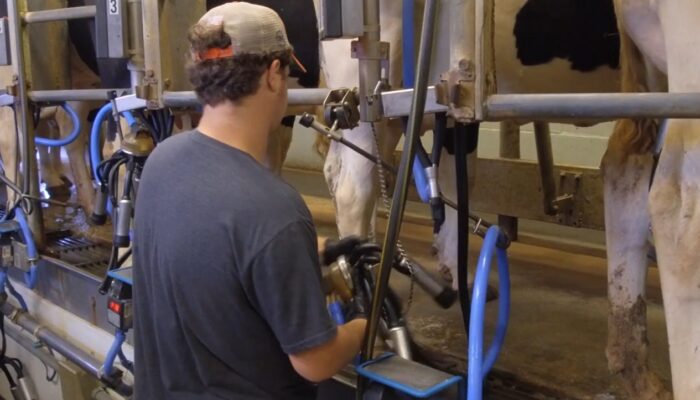

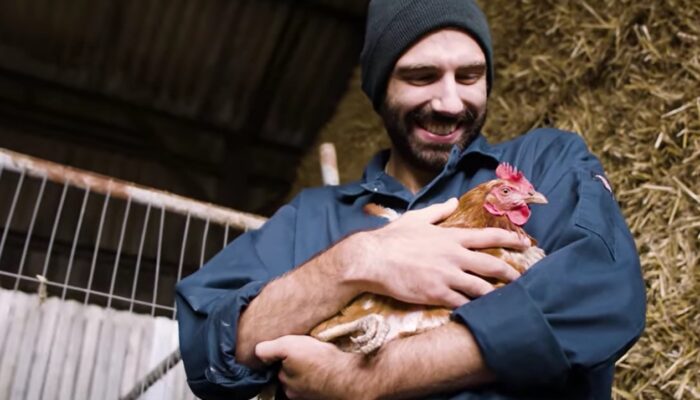
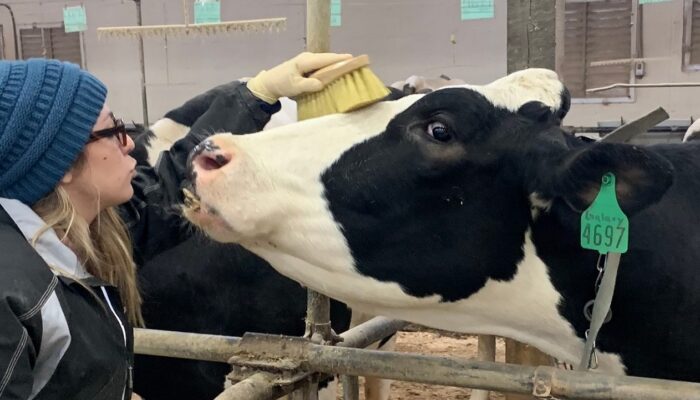
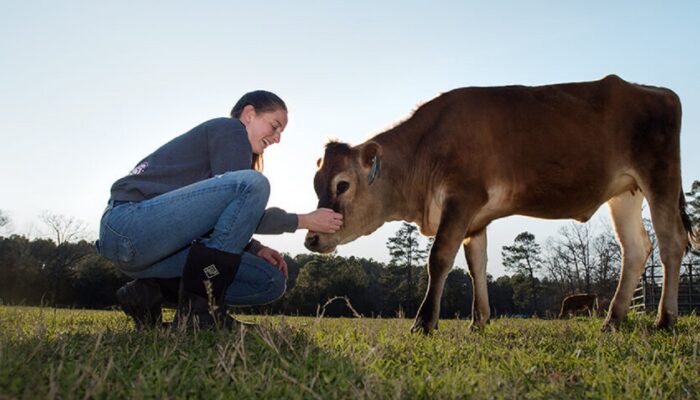

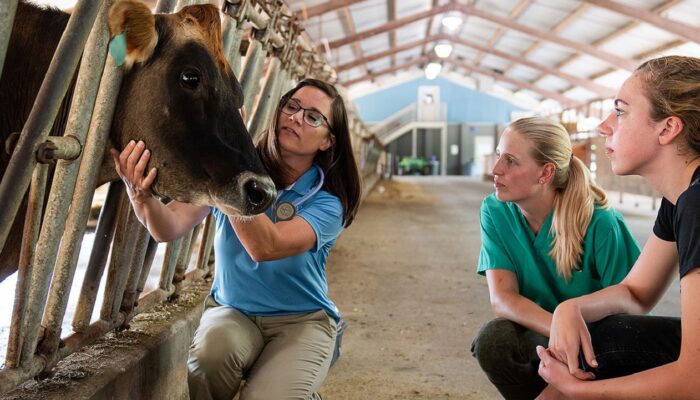
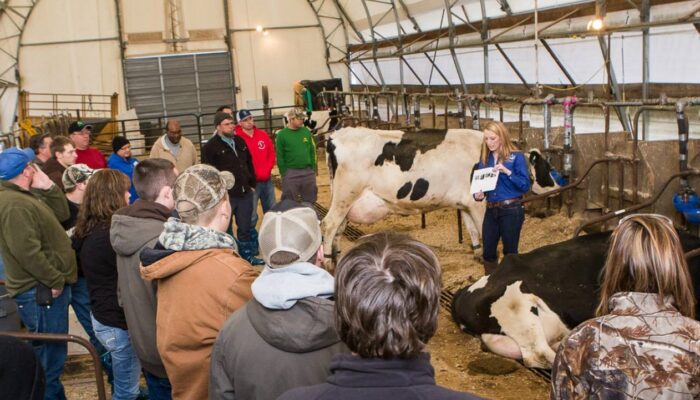
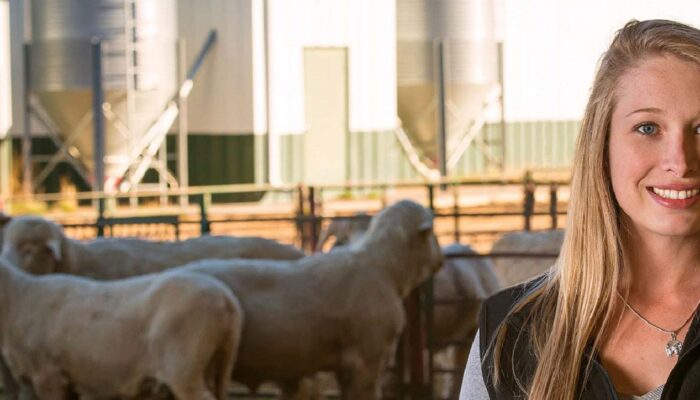

We devote at least an hour every month breaking down public consultations on food safety and sustainability. The work products of TC 34 appears on the standing agenda of both our Global and Food colloquia. See our CALENDAR for the next online meeting; open to everyone.
Issue: [19-46]
Category: Academic, Global
Colleagues: Mike Anthony, Christine Fischer, Akkeneel Talsma
Education communities provide a large market for recreational and therapeutic water technology suppliers. Some of the larger research universities have dozens of pools including those in university-affiliated healthcare facilities. Apart from publicly visible NCAA swimming programs there are whirpools in healthcare facilities and therapeutic tubs for athletes in other sports. Ownership of these facilities requires a cadre of conformance experts to assure water safety.
NSF International is one of the first names in this space and has collaborated with key industry stakeholders to make pools, spas and recreational water products safer since 1949. The parent document in its suite is NSF 50 Pool, Spa and Recreational Water Standards which covers everything from pool pumps, strainers, variable frequency drives and pool drains to suction fittings, grates, and ozone and ultraviolet systems.
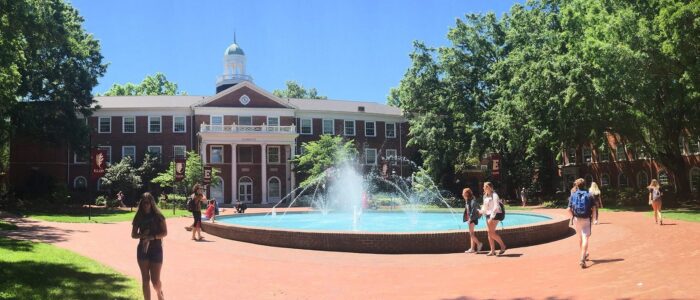
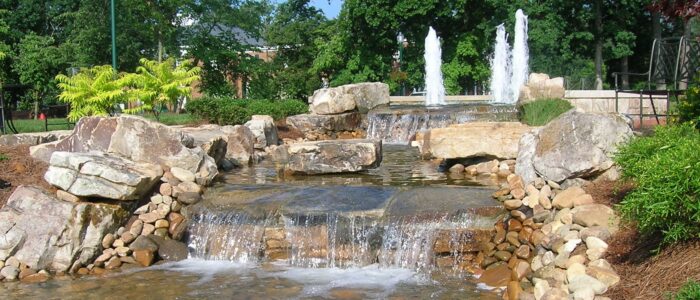
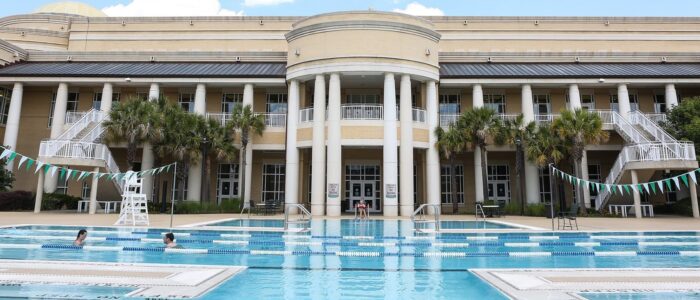
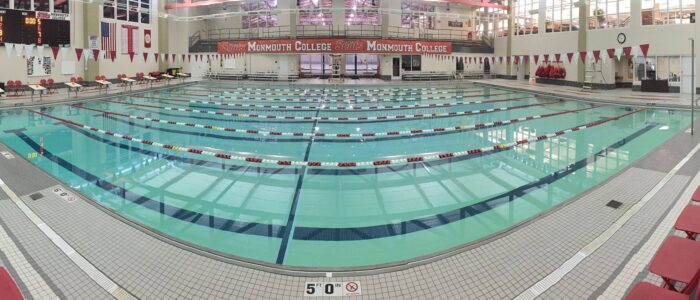
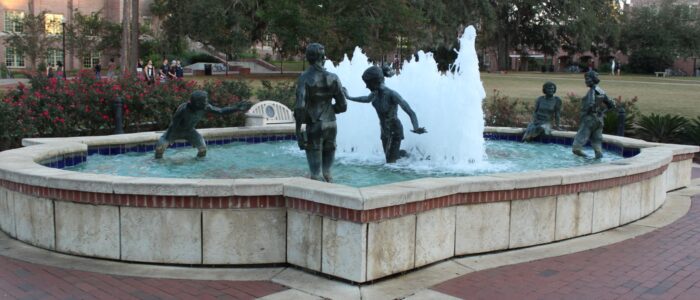

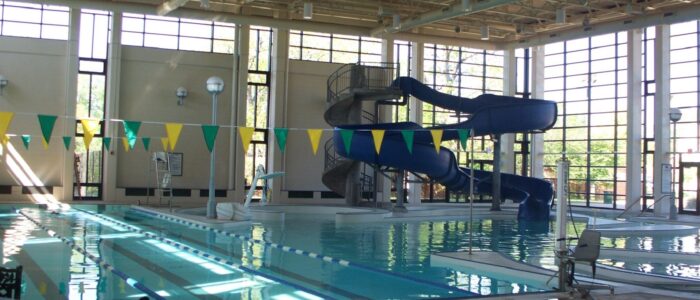
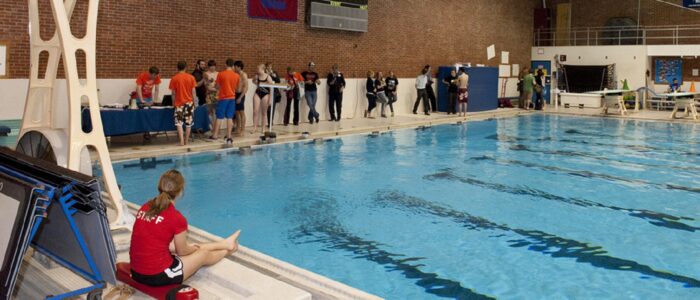
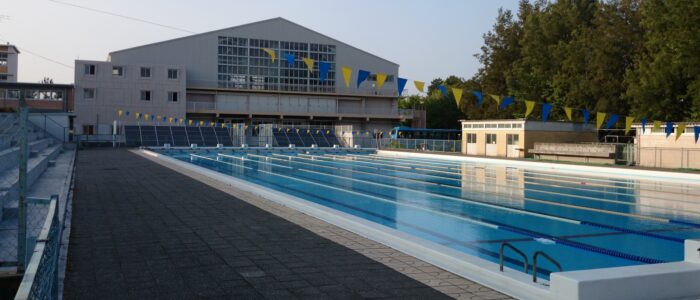


The workspace for this committee is linked below:
Joint Committee on Recreational Water Facilities
(Standards Michigan is an observer on this and several other NSF committees and is the only “eyes and ears” for the user interest; arguably the largest market for swimming pools given their presence in schools and universities.)
There are 14 task groups that drill into specifics such as the following:
Chemical feeders
Pool chemical evaluation
Flotation systems
Filters
Water quality
Safety surfacing
The meeting packet is confidential to registered attendees. You may communicate directly with the NSF Joint Committee Chairperson, Mr. Tom Vyles (admin@standards.nsf.org) about arranging direct access as an observer or technical committee member.
Almost all ANSI accredited technical committees have a shortage of user-interests (compliance officers, manufacturers and installers usually dominate). We encourage anyone in the education facility industry paying the bill for the services of compliance officers, manufacturers and installers to participate.











We maintain this title on the standing agenda of our Water and Sport colloquia. See our CALENDAR for the next onine meeting; open to everyone.
Issue: [13-89]
Category: Water, Sport
Colleagues: Mike Anthony, Ron George, Larry Spielvogel
More
IAPMO Swimming Pool & Spa Standards
UL 1081 Standard for Swimming Pool Pumps, Filters, and Chlorinators | (UL Standards tend to be product standards so we rank them lower in our priority ranking than interoperability standards.)
The University of Michigan Radio Telescope, also known as the Michigan-Dartmouth-MIT (MDM) Radio Telescope, has several essential dimensions and specifications:
Dish Diameter: The primary reflector of the telescope has a diameter of 45 meters (147.6 feet). This large size allows it to collect radio waves effectively.
Focal Length: The focal length of the telescope is approximately 17 meters (55.8 feet). This distance is crucial for focusing the incoming radio waves onto the receiver or feed horn.
Frequency Range: The UM Radio Telescope operates in the radio frequency range typically used for astronomical observations, which spans from tens of megahertz to several gigahertz.
Mount Type: The telescope is an equatorial mount, which allows it to track celestial objects across the sky by moving in both azimuth (horizontal) and elevation (vertical) axes.
Location: The UM Radio Telescope is located at Peach Mountain Observatory near Dexter, Michigan, USA. Its geographical coordinates are approximately 42.39°N latitude and 83.96°W longitude.
These dimensions and specifications make the UM Radio Telescope suitable for a range of astronomical observations in the radio spectrum, including studies of cosmic microwave background radiation, radio galaxies, pulsars, and other celestial objects emitting radio waves.
Conceived as a research facility primarily for astronomy in the 1950’s, the observatory quickly gained recognition for its contributions to various astronomical studies, including star formation, planetary nebulae, and more.
“Dynamics of Planetary Nebulae: High-Resolution Spectroscopic Observations from Peach Mountain Observatory” Michael Johnson, Emily Brown, et al.
“Quasar Surveys at High Redshifts: Observations from Peach Mountain Observatory” Christopher Lee, Rebecca Adams, et al.
“Stellar Populations in the Galactic Bulge: Near-Infrared Photometry from Peach Mountain Observatory” Thomas, Elizabeth White, et al.
“Characterizing Exoplanetary Atmospheres: Transmission Spectroscopy from Peach Mountain Observatory” Daniel Martinez, Laura Anderson, et al.
Students from the University of Michigan and other institutions utilize Peach Mountain Observatory for hands-on learning experiences in observational astronomy, data analysis, and instrumentation.
Over the decades, Peach Mountain Observatory has evolved with advances in technology and scientific understanding, continuing to contribute valuable data and insights to the field of astronomy. Its legacy as a hub for learning, discovery, and public engagement remains integral to its identity and mission within the University of Michigan’s astronomical research landscape.
After moonlighting in several underground Detroit bands as a drummer, Jack White founded the White Stripes with fellow Detroit native and then-wife Meg White in 1997. He graduated from Cass Tech High School and attended Wayne State University as a dramatic arts student; thereafter receiving an honorary degree; and since awarded eight Grammy Awards, among them, for his work on the soundtrack of “Cold Mountain”.
Detroit’s Wayne State University introduces world to Dr. Jack White
Rolling Stone: Jack White Saves Detroit Masonic Temple from Foreclosure
“Seven Nation Army” is one of the most iconic and popular songs of the early 21st century and is routinely performed at athletic events at all levels in the United States. Its view count on YouTube is closing in on 1 billion. Several factors contributed to the song’s popularity:
Memorable Guitar Riff: The song is instantly recognizable for its distinctive and powerful guitar riff played by Jack White. The riff, created using a semi-acoustic guitar and an octave pedal, became an anthem for many music enthusiasts.
Catchy Chorus: The song features a catchy and memorable chorus with the repeated lyrics, “I’m gonna fight ’em off, a seven nation army couldn’t hold me back.” This repetition and simplicity added to its appeal and made it easy for listeners to sing along.
Sports and Pop Culture: “Seven Nation Army” transcended the music scene and found its way into various aspects of popular culture. The song became a favorite at sports events around the world, particularly in stadiums and arenas. Its use in sports contexts, such as football chants, contributed to its widespread recognition.
Critical Acclaim: The song received critical acclaim for its raw energy, innovative sound, and Jack White’s distinctive vocals. It won a Grammy Award for Best Rock Song in 2004 and became a defining track for The White Stripes.
Cover Versions and Remixes: The song’s popularity was further fueled by numerous cover versions and remixes by various artists across different genres. This contributed to its longevity and continued relevance in diverse musical contexts.
As a result of these factors, “Seven Nation Army” has endured as a cultural phenomenon, maintaining its popularity long after its initial release.
I’m gonna fight ’em off
A seven nation army couldn’t hold me back
They’re gonna rip it off
Taking their time right behind my back
And I’m talking to myself at night
Because I can’t forget
Back and forth through my mind
Behind a cigarette
And the message coming from my eyes
Says “Leave it alone”
Don’t want to hear about it
Every single one’s got a story to tell
Everyone knows about it
From the Queen of England to the Hounds of Hell
And if I catch it coming back my way
I’m gonna serve it to you
And that ain’t what you want to hear
But that’s what I’ll do
And the feeling coming from my bones
Says “Find a home”
I’m going to Wichita
Far from this opera forevermore
I’m gonna work the straw
Make the sweat drip out of every pore
And I’m bleeding, and I’m bleeding, and I’m bleeding
Right before the Lord
All the words are gonna bleed from me
And I will sing no more
And the stains coming from my blood
Tell me “Go back home”
The Great Lakes contain enough fresh water to cover the land area of the entire United States under 3 meters of water.
We collect 15 video presentations about Great Lake water safety and sustainability prepared by the 8 Great Lake border state colleges and universities and their national and international partners in Canada.
Great Ladies 👏 pic.twitter.com/dQeKH3rFeV
— The Figen (@TheFigen_) February 8, 2025
When the wicked problems of peace and economic inequality cannot be solved, political leaders, and the battalions of servile administrative muckety-mucks who report to them, resort to fear-mongering about an imagined problem to be solved centuries hence assuming every other nation agrees on remedies of its anthropogenic origin. We would not draw attention to it were it not that large tranches of the global academic community are in on the grift costing hundreds of billions in square-footage for research and teaching hopelessness to our children and hatred of climate change deniers.
Before the internet is scrubbed of information contrary to climate change mania, we recommend a few titles:
“Gulliver’s Travels” Jonathan Swift | Start at Chapter 5, PDF page 235
The Mad, Mad, Mad World of Climatism: Mankind and Climate Change Mania
Climate Change Craziness Exposed: Twenty-One Climate Change Denials of Environmentalists
Bricklayers, sometimes known as masons, are skilled craftsmen that must be physically fit, have a high level of mathematical skill and a love for precision and detail.
Bricklaying standards are guidelines and specifications that ensure the quality and safety of bricklaying work. These standards are often established by industry organizations, regulatory bodies, or national building codes. While specific standards may vary by region, some core bricklaying standards include:
Building Codes: Compliance with local building codes is essential. These codes provide regulations for construction practices, including specifications for masonry work. Bricklayers must adhere to the building codes relevant to the specific location of the construction project.
ASTM International Standards: ASTM International (formerly known as the American Society for Testing and Materials) develops and publishes technical standards for various industries, including construction. ASTM standards related to bricklaying cover materials, testing procedures, and construction practices.
Masonry Construction Standards: Organizations like the Masonry Standards Joint Committee (MSJC) in the United States publish standards specifically focused on masonry construction. These standards address topics such as mortar, grout, reinforcement, and structural design considerations.
Quality Control: Standards related to quality control in bricklaying include specifications for mortar mixtures, proper curing of masonry, and guidelines for inspecting finished work. Adherence to these standards helps ensure the durability and longevity of the masonry construction.
Safety Standards: Occupational safety standards, such as those outlined by the Occupational Safety and Health Administration (OSHA) in the United States, are critical for protecting workers on construction sites. These standards cover aspects like fall protection, scaffolding safety, and the proper use of personal protective equipment.
Brick and Block Standards: Standards related to the dimensions, composition, and properties of bricks and concrete blocks are important for achieving structural integrity. These standards specify characteristics such as compressive strength, absorption, and dimensional tolerances.
Construction Tolerances: Tolerances dictate acceptable variations in dimensions and alignments in bricklaying work. These standards help ensure that the finished structure meets design specifications and industry-accepted tolerances.
Testing and Inspection: Standards related to the testing and inspection of masonry work help verify that construction meets specified requirements. This includes procedures for mortar testing, grout testing, and overall quality inspections.
It’s important for bricklayers and construction professionals to be aware of and follow these standards to guarantee the safety, quality, and compliance of their work. Additionally, staying informed about updates to industry standards is crucial as they may evolve over time to reflect advancements in materials, techniques, and safety practices.
Standards Michigan, spun-off in 2016 from the original University of Michigan Business & Finance Operation, has peppered NFPA 70 technical committees writing the 2016-2026 National Electric Code with proposals to reduce the size of building premise feeder infrastructure; accommodating the improvements made in illumination and rotating machinery energy conservation since the 1980’s (variable frequency drives, LED lighting, controls, etc.)
These proposals are routinely voted down in 12-20 member committees representing manufacturers (primarily) though local inspection authorities are complicit in overbuilding electric services because they “bill by the service panel ampere rating”. In other words, when a municipality can charge a higher inspection fee for a 1200 ampere panel, what incentive is there to support changes to the NEC that takes that inspection fee down to 400 amperes?
The energy conservation that would result from the acceptance of our proposals into the NEC are related to the following: reduced step down transformer sizes, reduced wire and conduit sizes, reduced panelboard sizes, reduced electric room cooling systems — including the HVAC cooling systems and the ceiling plenum sheet metal carrying the waste heat away. Up to 20 percent energy savings is in play here and all the experts around the table know it. So much for the economic footprint of the largest non-residential building construction market in the United States — about $120 billion annually.
The market incumbents are complicit in ignoring energy conservation opportunity. To paraphrase one of Mike Anthony’s colleagues representing electrical equipment manufacturers:
“You’re right Mike, but I am getting paid to vote against you.”
NFPA Electrical Division knows it, too.
Rightsizing Commercial Electrical Power Systems: Review of a New Exception in NEC Section 220.12
Michael A. Anthony – James R. Harvey
University of Michigan, Ann Arbor
University of Houston, Clear Lake, Texas
For decades, application of National Electrical Code (NEC) rules for sizing services, feeders and branch circuits has resulted in unused capacity in almost all occupancy classes. US Department of Energy data compiled in 1999 indicates average load on building transformers between 10 and 25 percent. More recent data gathered by the educational facilities industry has verified this claim. Recognizing that aggressive energy codes are driving energy consumption lower, and that larger than necessary transformers create larger than necessary flash hazard, the 2014 NEC will provide an exception in Section 220.12 that will permit designers to reduce transformer kVA ratings and all related components of the power delivery system. This is a conservative, incremental step in the direction of reduced load density that is limited to lighting systems. More study of feeder and branch circuit loading is necessary to inform discussion about circuit design methods in future revisions of the NEC.
CLICK HERE for complete paper
How Do You Measure the Percentage of Alcohol in Beer, Wine and Other Beverages?
Readings:
Pew Research Center: “Childlessness Up Among All Women; Down Among Women with Advanced Degrees”
Business Insider: More and more women just don’t want children: ‘Kids are expensive and sticky’
BBC: The adults celebrating child-free lives
How To Cope With The Loneliness Of Being Single: Being Single in the 21st Century
The Historical Role of Women in Higher Education
New update alert! The 2022 update to the Trademark Assignment Dataset is now available online. Find 1.29 million trademark assignments, involving 2.28 million unique trademark properties issued by the USPTO between March 1952 and January 2023: https://t.co/njrDAbSpwB pic.twitter.com/GkAXrHoQ9T
— USPTO (@uspto) July 13, 2023
Standards Michigan Group, LLC
2723 South State Street | Suite 150
Ann Arbor, MI 48104 USA
888-746-3670
